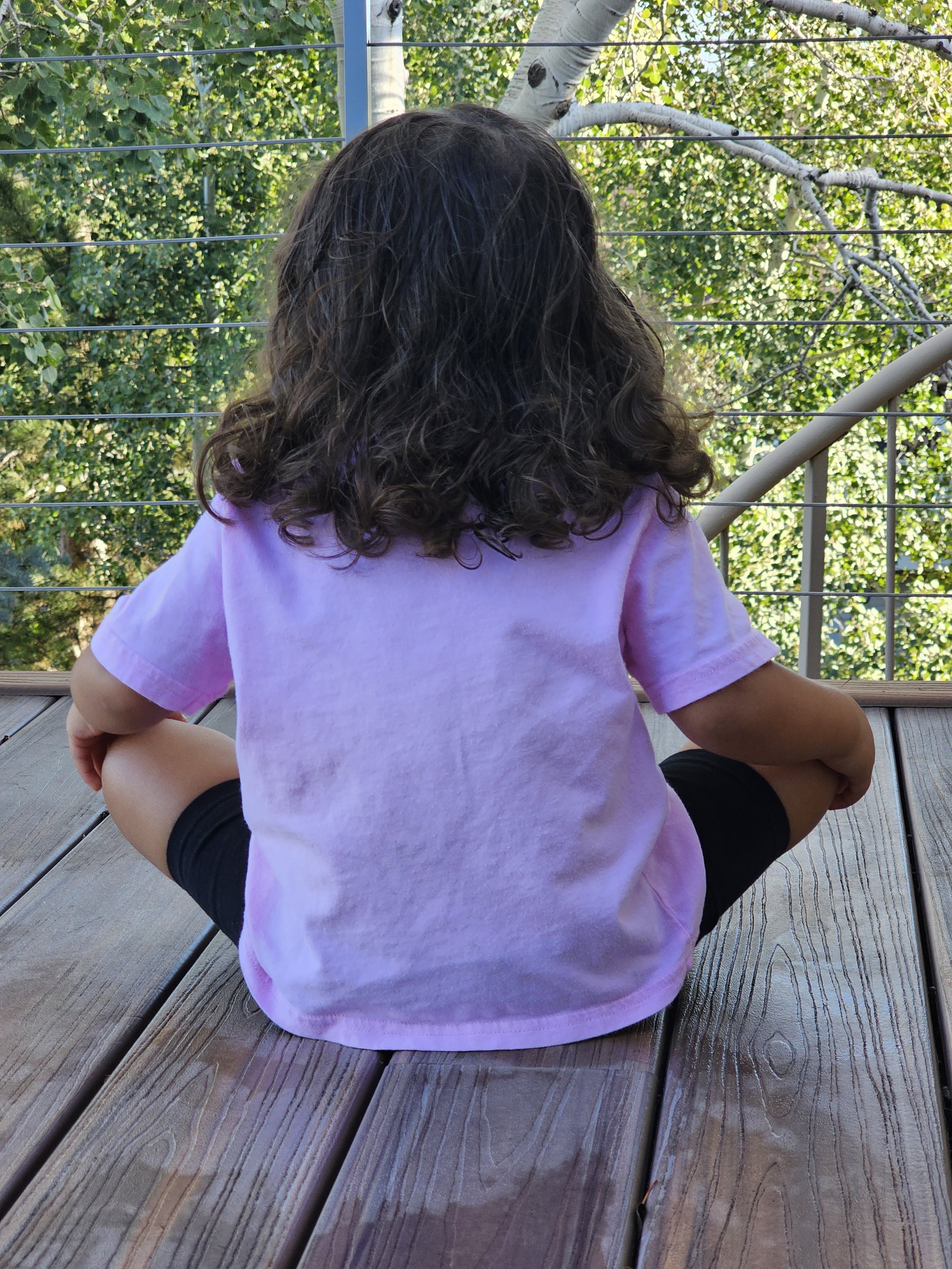How to Introduce Guided Meditation to Little Ones
Introducing guided meditation to little ones can be a valuable tool for helping them develop important skills such as self-regulation, mindfulness, and emotional awareness. While meditation may seem like a complex practice for young children, it can be adapted in a way that is engaging and accessible to their developmental stage. Here’s a step-by-step guide on how to introduce guided meditation to preschoolers:
Create a Calm and Comfortable Environment
Before starting guided meditation with little ones, set up a calm and comfortable environment. Find a quiet space free from distractions where children can sit comfortably. You might use cushions or mats to create a designated meditation area that feels inviting and safe.
Choose Suitable Guided Meditation Scripts
Select guided meditation scripts that are age-appropriate and simple to follow. Little ones have shorter attention spans, so scripts should be brief and use language and imagery that they can easily understand. Remember that Tranquil Hearts has 50 scripts included!
Introduce the Concept of Meditation
Begin by explaining meditation in simple terms that little ones can grasp. You might describe it as a way to relax and quiet our minds, like taking a break to listen to a story in our heads. Emphasize that meditation is a time for peacefulness and being calm.
Demonstrate the Meditation Process
Demonstrate the meditation process yourself with a calm, soothing voice. Encourage little ones to sit comfortably with their eyes closed or gently looking downward. Guide them through simple breathing exercises, such as bee breath or dragon breath.
Encourage Mindful Awareness
Help little ones become aware of their bodies and emotions during meditation. Prompt them to notice how their body feels as they breathe and encourage them to acknowledge any thoughts or feelings without judgment.
Keep Sessions Short and Engaging
Keep guided meditation sessions short, typically ranging from 1 to 3 minutes, depending on the attention span of the child. Use soft music or natural sounds to enhance the experience and maintain engagement.
Reflect and Discuss
After each meditation session, take a moment to reflect and discuss the experience with the little one. Ask open-ended questions such as “How did you feel during meditation?” or “What did you imagine?” This encourages children to express their thoughts and feelings.
Practice Consistently
The most important step! Consistency is key to helping little ones benefit from guided meditation. Incorporate short meditation sessions into daily routines, such as before naptime or after outdoor play. Over time, children will become more familiar and comfortable with the practice.
Introducing guided meditation to little ones can be a rewarding experience that nurtures their emotional well-being and fosters a sense of calmness and mindfulness. By creating a supportive environment and using age-appropriate techniques, you can help young children develop valuable skills that will benefit them throughout their lives.

